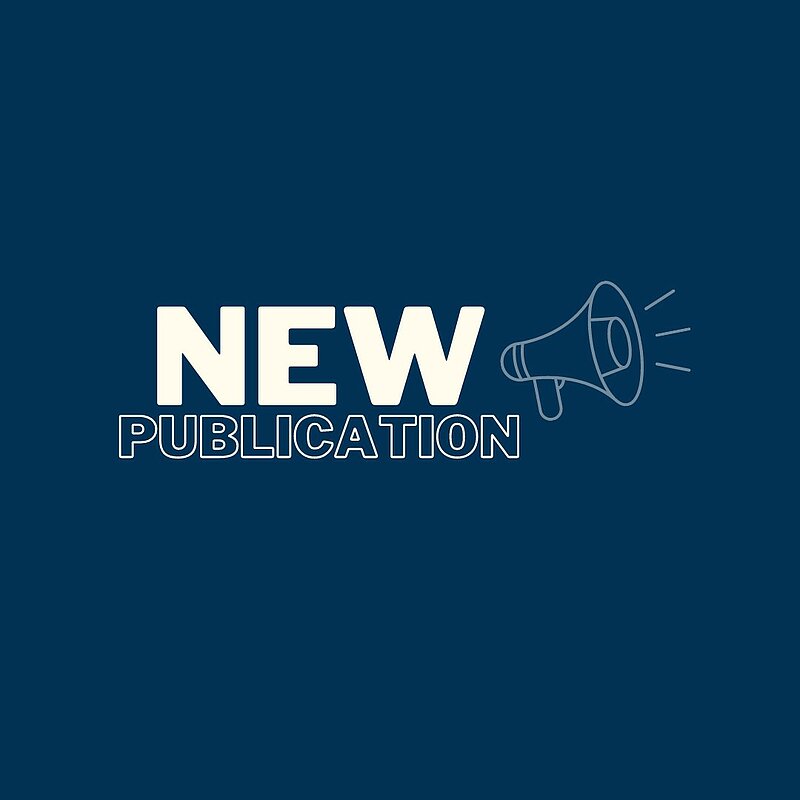Rhamnolipids (RLs) are biosurfactants with great economic significance that have been used extensively in multiple industries. Pseudomonas aeruginosa is a promising microorganism for sustainable RL production. However, current CTAB-MB based screening of RL-producing strains is time-consuming, labor-intensive, and unable to distinguish mono- and di-RL. In this study, we developed a novel transcription-associated fluorescence-activated droplet sorting (FADS) method to specifically target the di-RL hyperproducers. We first investigated critical factors associated with this method, including the specificity and sensitivity for discriminating di-RL overproducers from other communities. Validation of genotype–phenotype linkage between the GFP intensity, rhlC transcription, and di-RL production showed that rhlC transcription is closely correlated with di-RL production, and the GFP intensity is responsive to rhlC transcription, respectively. Using this platform, we screened out ten higher di-RL producing microorganisms, which produced 54–208% more di-RL than the model P. aeruginosa PAO1. In summary, the droplet-based microfluidic platform not only facilitates a more specific, reliable, and rapid screening of P. aeruginosa colonies with desired phenotypes, but also shows that intracellular transcription-associated GFP intensity can be used to measure the yield of di-RL between populations of droplets containing different environmental colonies. This method also can be integrated with transposon mutation libraries to target P. aeruginosa mutants.
Click here to read the full article.


